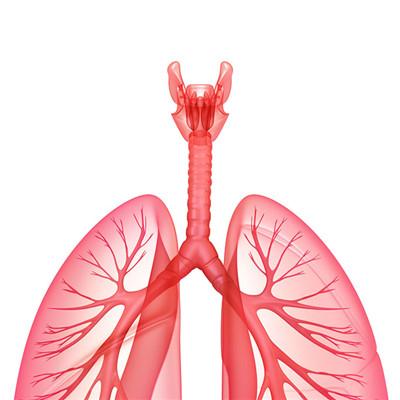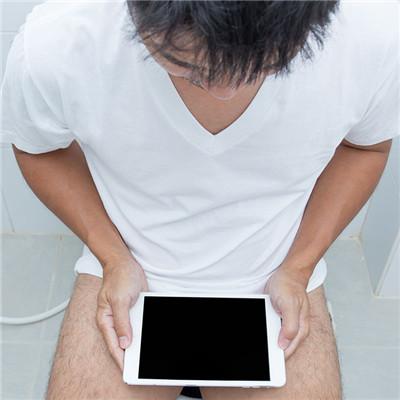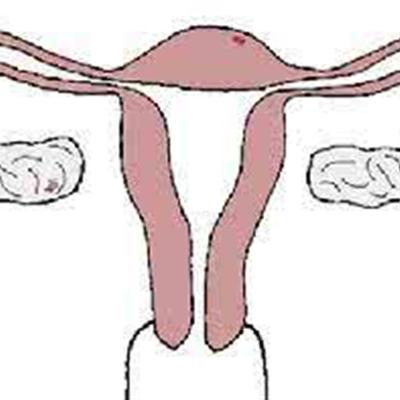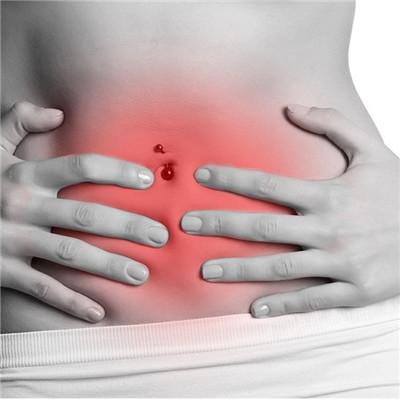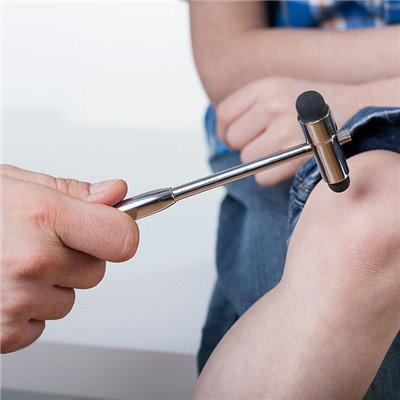What symptom does bone hyperplasia have?
summary
Patients with hyperosteogeny are more common in the middle-aged and elderly people. It is believed that the middle-aged and elderly people are weak, and some degenerative diseases have occurred in their constitution and mechanism, leading to the majority of people suffering from hyperosteogeny. However, hyperosteogeny is not one, including cervical hyperosteogeny, lumbar hyperosteogeny, knee hyperosteogeny, heel hyperosteogeny and so on.
What symptom does bone hyperplasia have?
Knee hyperosteogeny: in the early stage of the disease, the development of the disease is not fast, the pain is not serious, but there is a continuous pain phenomenon, temperature changes, seasonal changes have an impact. Activities or long-term walking, sedentary, knee pain, stiff, even up and down stairs are very difficult, very easy to fall. Joint swelling, even deformity, some patients check joint effusion, local swelling and compression phenomenon.

Bone hyperplasia of lumbar spine. Patients will have lumbar soft tissue pain, distending pain, stiffness and fatigue, bending is very difficult, with the third and fourth lumbar most common.

Hyperosteogeny of cervical spine. If the patient is cervical hyperosteogeny, then the compression of blood vessels by bone spur will directly affect the normal blood circulation of our body. Such as back pain, upper limb weakness, finger numbness, nausea, blurred vision, dysphagia. In severe cases, if the spine extends into the spinal canal and compresses the spinal cord, it will lead to walking instability, paralysis, and incontinence.

matters needing attention
Heel hyperostosis. Foot root pain is more serious, especially in the morning, take the first step, extremely painful. Even walking is not dare to follow the ground, but the symptoms will be reduced after the activity, the elderly are more likely to get this kind of bone hyperplasia.


